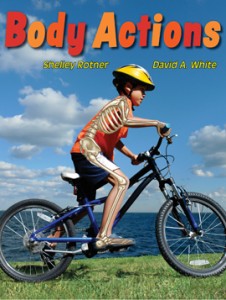 For me, summer reading is all about slowing down, relaxing, and reading for pleasure. To help you unwind, I’m sharing this irresistible book, A Little Book of Sloth by Lucy Cooke. Flip through the pages and just try not to squeal at all the sleepy-cute faces and snuggly, furry bellies.
For me, summer reading is all about slowing down, relaxing, and reading for pleasure. To help you unwind, I’m sharing this irresistible book, A Little Book of Sloth by Lucy Cooke. Flip through the pages and just try not to squeal at all the sleepy-cute faces and snuggly, furry bellies.
This is a non-fiction picture book about Slothville, a sanctuary for orphaned and injured sloths in Costa Rica. Baby sloths cling to their mothers for the first year of their lives, so little orphans each get a special stuffed animal to hug. All the snuggling and relaxing in the shade and hanging out make me think that I need to spend more time being sloth-like.
Share A Little Book of Sloth with students first for the pure pleasure of learning about these easy-going mammals. Take your time and enjoy the photos and the “who knew?!” facts. You’re hitting the Core Standards of Range of Reading with the age-appropriate non-fiction, and the author’s high-level vocabulary makes this an easy lesson on Craft & Structure (what is a “Xenarthran”? You’ll find out in this book!)
After reading, visit Lucy Cooke’s website www.slothville.com where you can watch videos of the sloths at the sanctuary. My favorite video teaches how caregivers at the sanctuary potty-train baby sloths. Enjoy A Little Book of Sloth and take a page from the sloth’s book: slow down, enjoy hanging out, and spend lots of time hugging.



